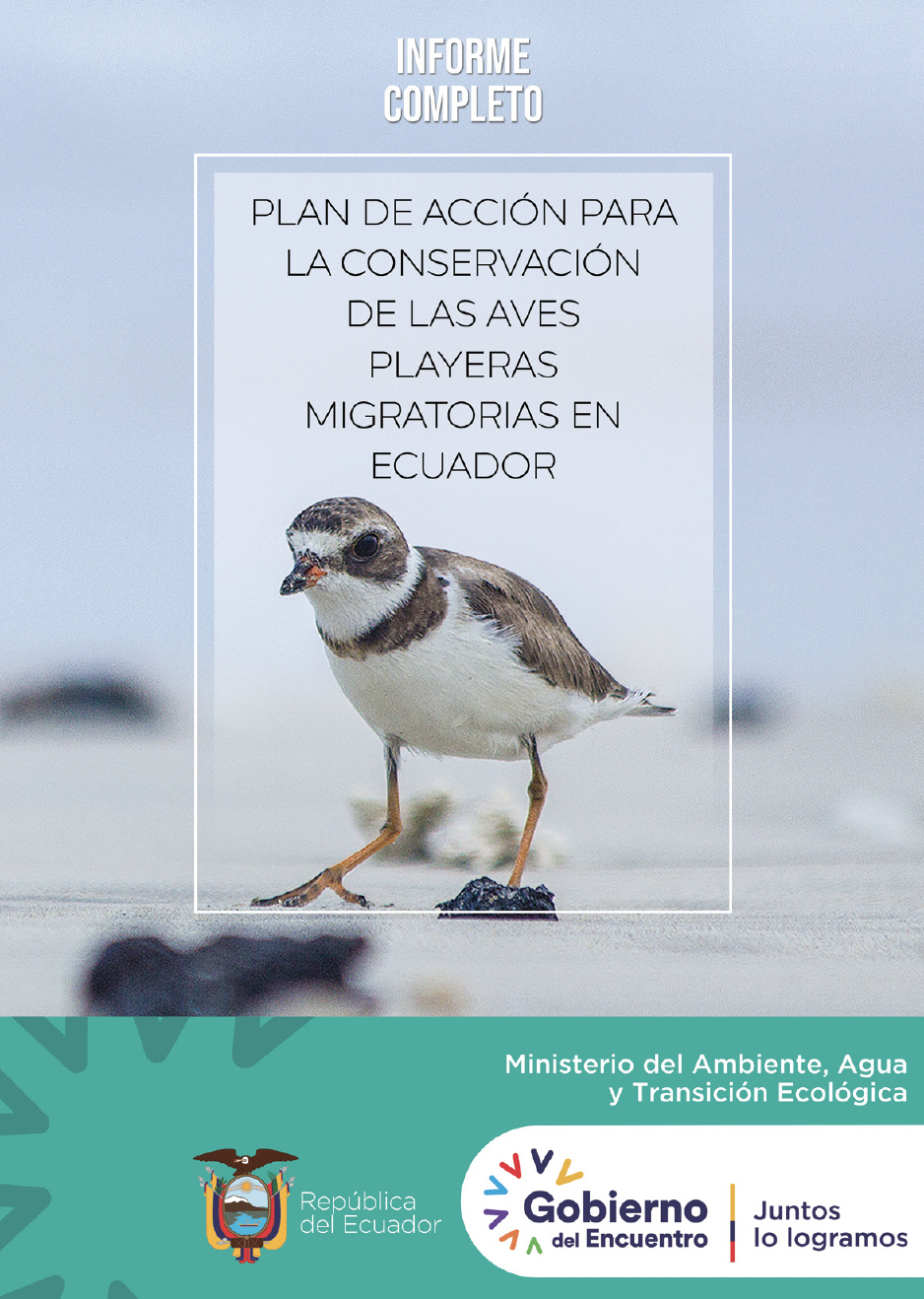Conservation Plan for Shorebirds in Ecuador

The Conservation Plan was built from a multi-sectoral participatory process in 2015. The adaptive Conservation Area Planning (CAP) methodology was implemented. The process identified 68 priority sites for shorebirds, nine of which are part of the Western Hemisphere Shorebird Reserve Network (WHSRN).
The most relevant types of threats according to the Conservation Plan are: climate change, pollution, agriculture, and intensive aquaculture.The conservation strategies have identified six lines of work:
- Governance and site management
- Legislation and policy
- Research and monitoring of shorebird populations
- Human capacity building
- Community participation in conservation processes
- Management of funding for identified actions.
You can download the Conservation Plan for Shorebirds in Ecuador